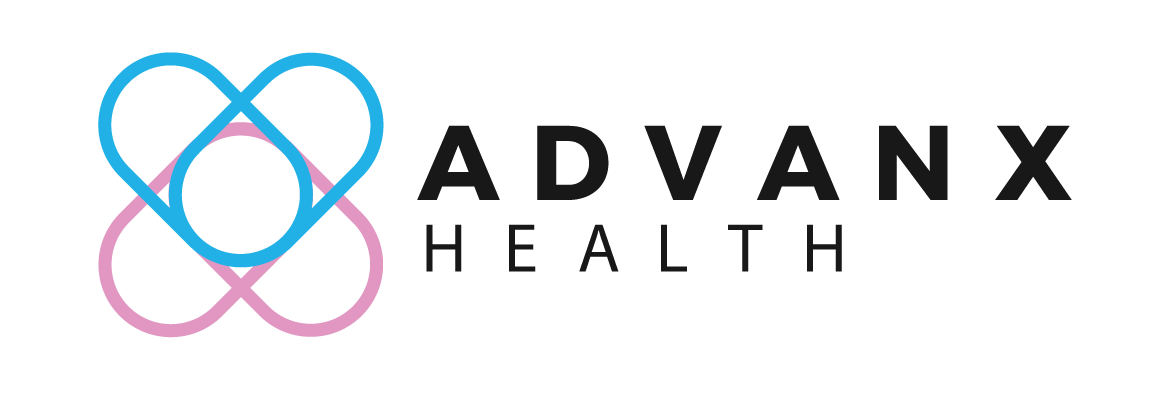Nutrigenomics Iron Requirement
Based on your genetics, your genetic predisposition for Iron Requirement is
High
What does this mean?
Likely to have low iron & haemoglobin levels Your genotypes are associated with low iron and haemoglobin levels and an increased risk for iron deficiency. Review your iron intake to ensure your iron consumption is sufficient.
How Is Your Genetic Risk Calculated?
This result is based on the SNPs(single nucleotide polymorphism)that are associated with Iron Requirement.
Genes
Your Genotype
What it means?
Genes: TMPRSS6_exon13
Your Genotype: GG
What it means? Lower iron and haemoglobin levels
Genes: TMPRSS6_exon17
Your Genotype: TT
What it means? Lower serum iron and haemoglobin levels
Suggested Lifestyle Changes
Dietary Recommendations:
Lifestyle Recommendations:
Result Explanation Recommendations:
Schedule a consultation session with us
Get Complementary Consultation.
If you think you have the symptoms, consult with a healthcare professional.

